TravelDeparture Gate: Cape Town, South Africa
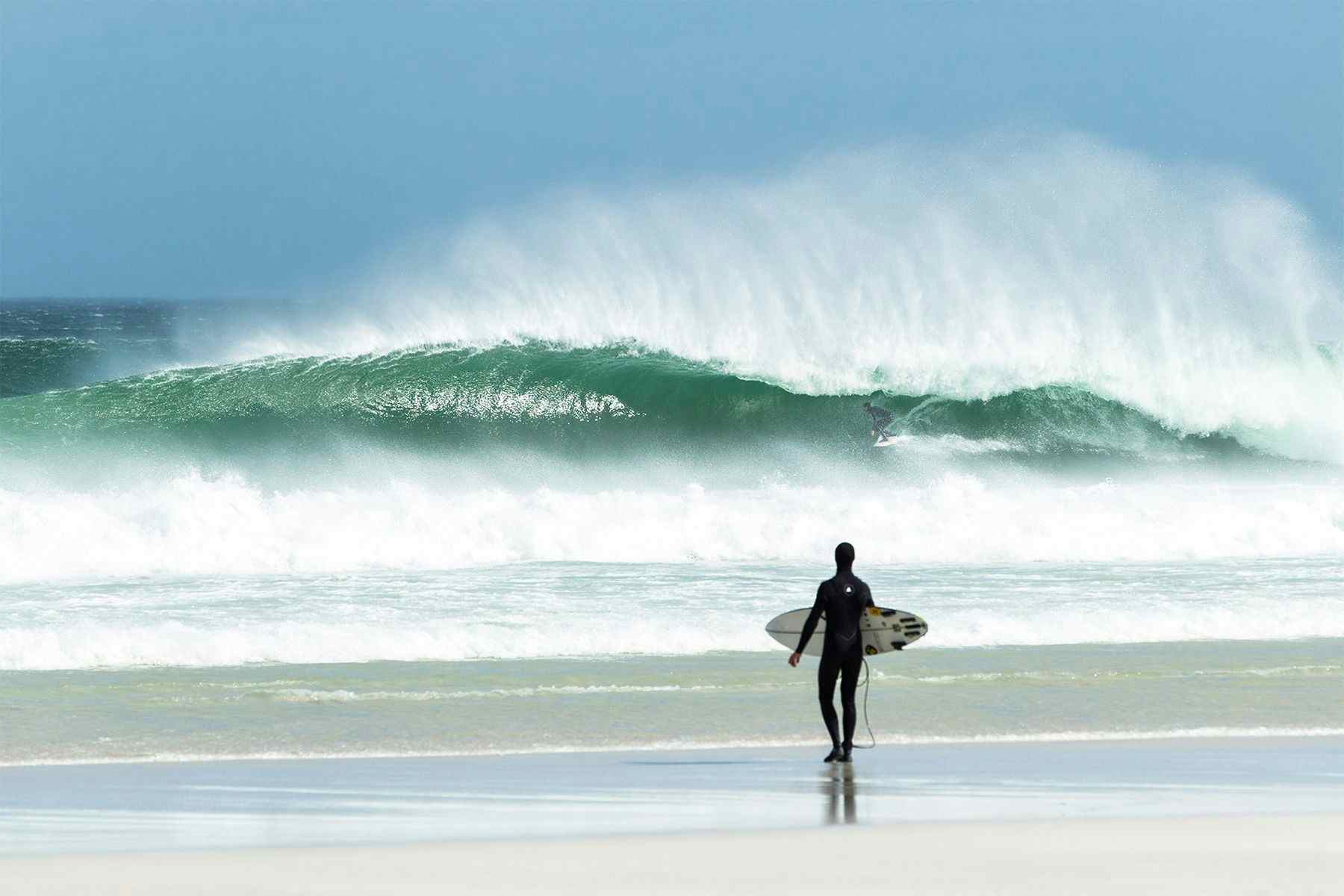
Long-overshadowed by the picturesque rights of Jeffreys Bay and, more recently, the otherworldly lefts of its northern neighbour over the border in Namibia, Skeleton Bay, Cape Town’s surf breaks aren’t under the spotlight as much as one would image – or as they deserve. Yet, with a peninsula enveloped by two oceans, unobstructed waters all the way to Antarctica, and a relief that both shelters and directs winds, Kaapstad is arguably one of the most versatile and wave-rich cities in the world. Add to that developed tourism infrastructure, vibrant culture, and rich natural settings and you have got yourself a worthy surf-travel destination.
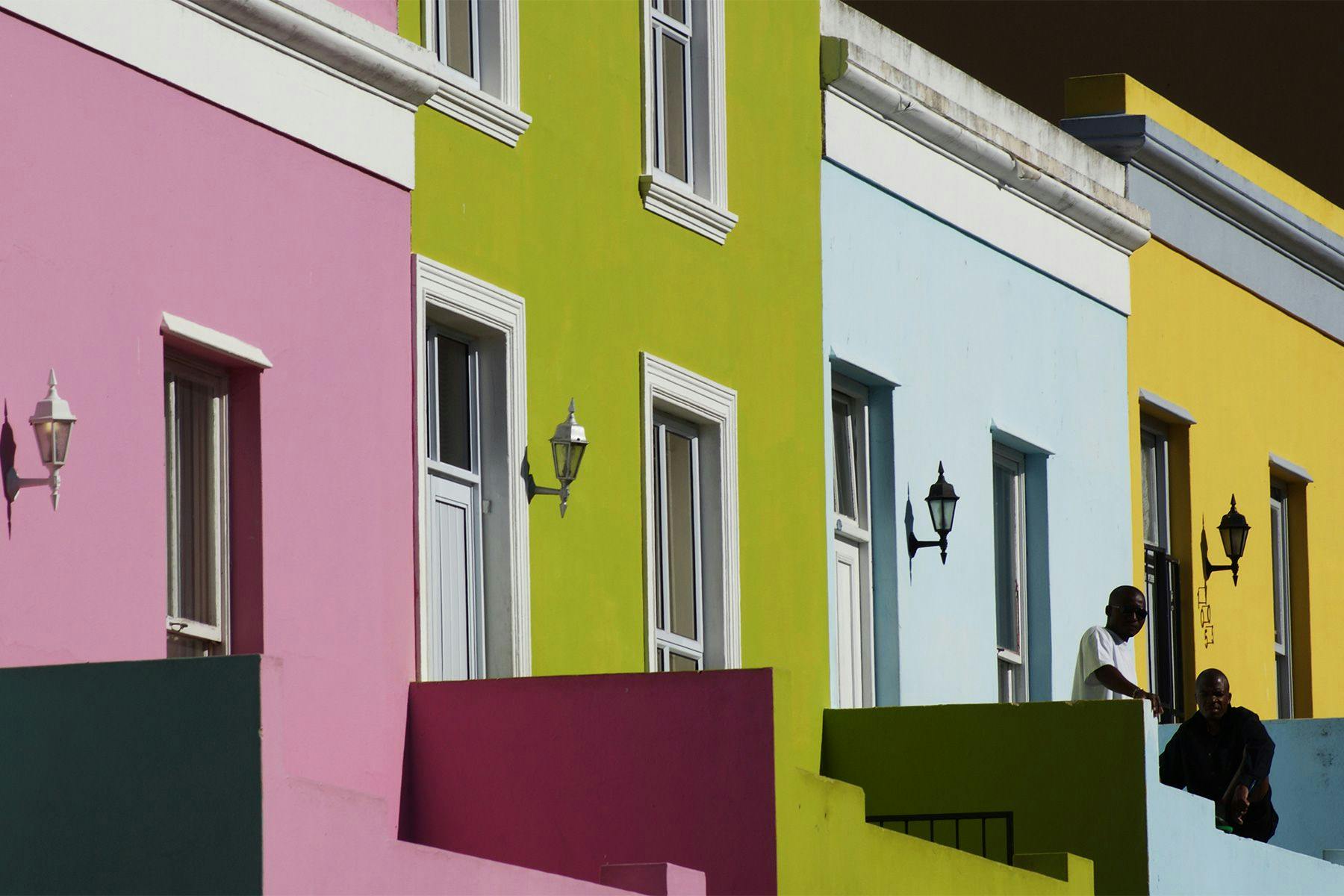
An effective way to get your [surf] bearings in Cape Town is to use the mountains as a reference point. The Table Mountain National Park comprises ranges that extend from Cape Town’s city bowl all the way down to the Cape Peninsula, its various peaks, valleys, and crevices producing microclimates and funnelling winds that often determine surfing conditions. Having surfing beaches touched by both the Atlantic and Indian Ocean not only means that water temperatures differ (the Atlantic side always much colder) but also that a 30-minute drive can switch conditions from poor to pumping. Because of its layout, there isn’t a particular swell or wind direction that works best for all of Cape Town’s surf spots – it’s a matter of figuring out what the forecast is doing and chasing waves accordingly. For the most part, though, South-ranged swells and Northerly winds are preferable. Since the whole region’s surf potential is directly influenced by and highly susceptible to whatever is going on between Africa and Antarctica – such as the Roaring Forties – Southern Hemisphere winter months (June through August) are the most consistent in terms of waves.
Nowhere in Cape Town is more than a couple of dozen kilometres from the coast, and provided you have a car, most spots are easily accessible, often branching off a highway into a small beach town/village. Using the city centre (aka town) as a starting point, the most direct way to a surfable beach is by heading westward on the M6 (also known as Victoria Road). You may see waves breaking off the esplanade at Sea Point (Off The Wall spot) and as you descend into the imposing Camps Bay (Glen Beach spot), but it’s by following the winding road all the way to Llandudno that the best-shaped barrels and walls can be found.
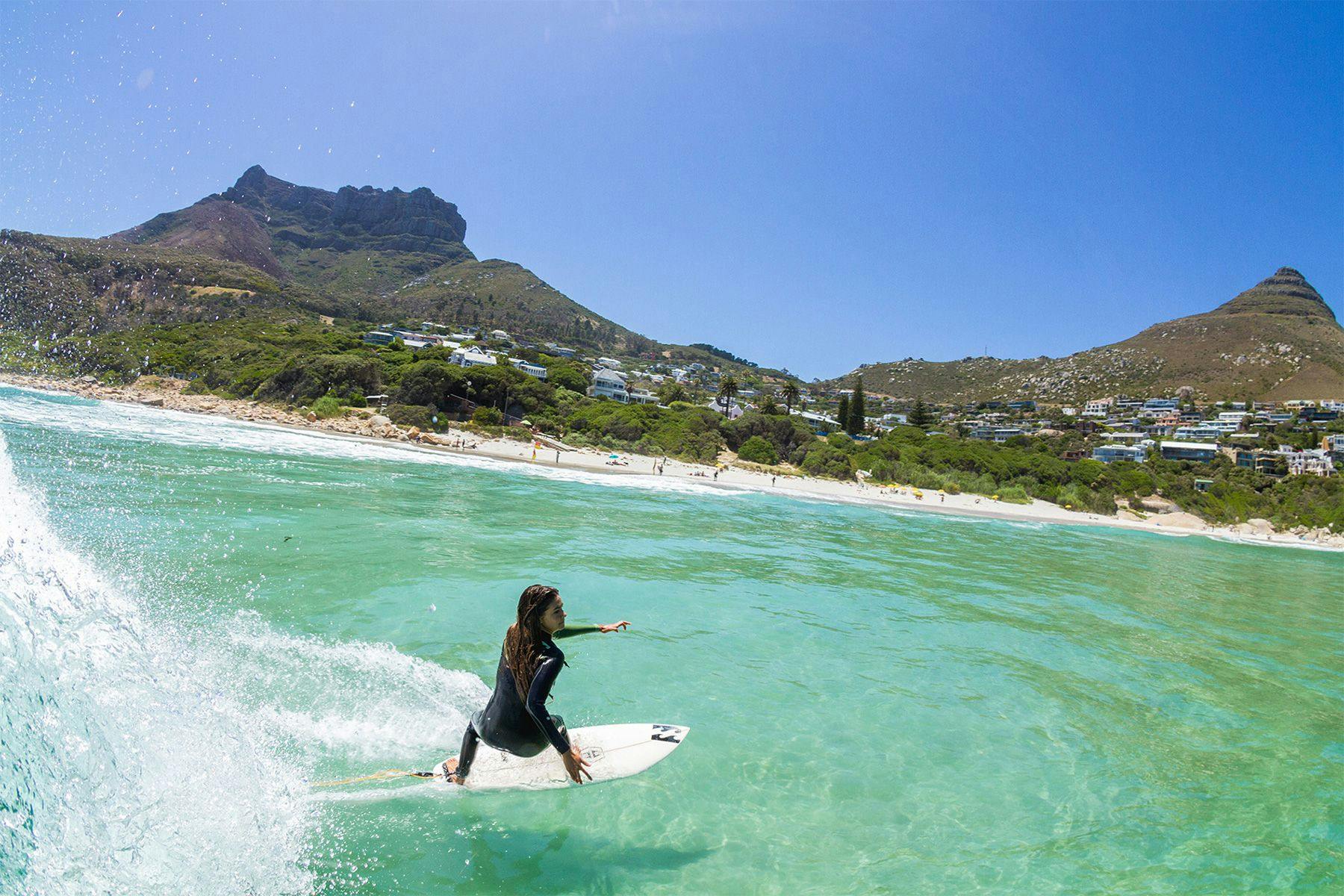
Llandudno’s hollow barrels and aesthetic appeal are offset by the fickleness of its sandbanks (particularly in stormy winter weather), the proximity to the centre of Cape Town (read crowds, especially on weekends), and the frigidity of its waters (read full 4/3 at least, regardless of how “warm” locals tell you it is). Still, should the right intensity of a W-SW swell roll in and a mild South-easterly blow, Llandudno’s peaks will prove to be worth the hassle. Should either the swell or the wind be too stormy, however, it just won’t hold. This is a peaky wave – best left for good-intermediate to advanced surfers – is more of a short, intense ride than a cruising down the line. There isn’t strong localism per se, as this is a small, somewhat secluded community, but there are surfers from neighbouring suburbs who frequent the line-ups on a regular basis so no matter how tempting the outermost peak (aka The Hole/The Gat) may look, consider making the most of Central Peak’s rights and lefts instead.
As you continue on Victoria Road (M6) towards Chapmans Peak Drive, you’ll arrive in Hout Bay, home to the infamous Dungeons – the 20-40ft right-hand beast. Chances are the bay will be quiet, but as you begin the ascend on the road towards Chapmans Point, make sure to stop and look back at the Sentinel Peak for any sign of a wave breaking.

Coming up around the last bend of Chapmans Peak Dr. you’ll spot a vast stretch of white sand and the quaint, wooded village of Noordhoek to its left. Noordhoek Beach is home to countless breaks, which change according to swell direction and the conditions of sand banks. This is the epitome of a beach break in the sense that, provided there is an inch of swell, there will be a wave; and like the majority of beach breaks, it tends towards fast, hollow waves as opposed to clean and crumbly walls. On a good SW swell with SE wind, Noordhoek has the potential to offer relatively long rides and barrels – all that without too many folks to share the waves with.
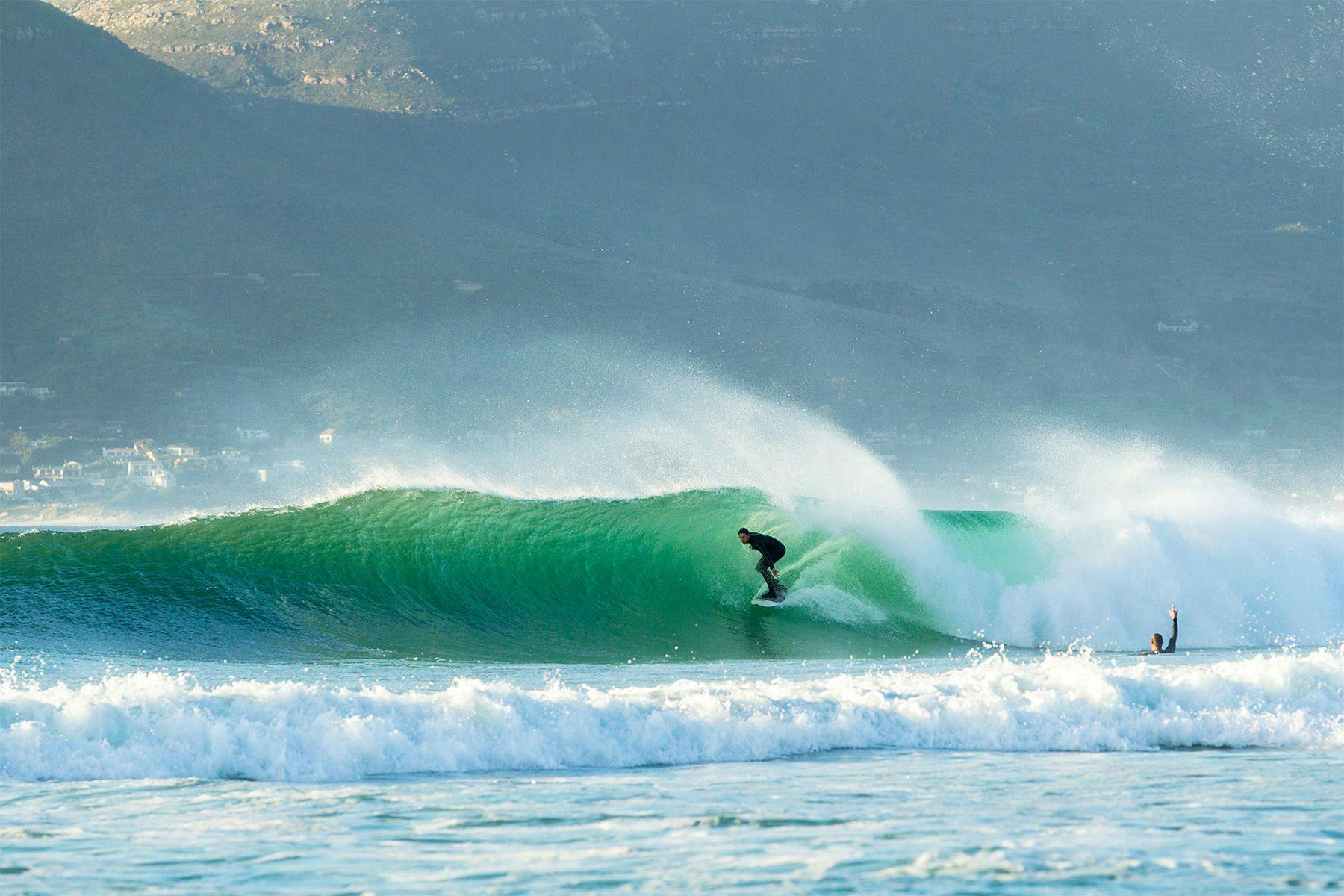
Just above Noordhoek town the M6 intersects: going left onto the M64 will lead you away from the coast; continuing straight will take you to directly to the Atlantic coast; taking a right on the M65 and following the peninsula towards Kommetjie will take you to Long Beach – one of CT’s most coveted spots, which, in turn, makes localism a factor to heed. One of the reasons behind Long Beach’s popularity is its consistency and straightforwardness: its sandbar is more solid than neighbouring Noordhoek’s and it needs very little swell to start working. And, when it does, the waves are fun, both rights and lefts, long and walled-up enough to draw lines on. High tides may compromise quality, though. It holds both bigger swells and south-west winds so long as they aren’t too strong – which is another idiosyncrasy of Long Beach.

As you move south along the M64, you will reach the town of Scarborough. Over the dunes by the parking lot you’ll stumble upon a small bay where three main peaks work: two point-to-sandbar on the far ends and a reef-cum-beach break in the centre, each of them showing their faces depending on swell direction with the latter break being the most consistent. This is the most south-facing spot among the aforementioned (save for Dungeons), hence its swell window is open to a a bit more south on top of the W-SW, with northerly winds, particularly from the north-east, working the best. The quiet vibes in the village are at times contrasted by the turbulence of the rip currents; the kelp-laden water may feed one’s imagination with pictures of great whites. Waves aside, a great place to spend the day.
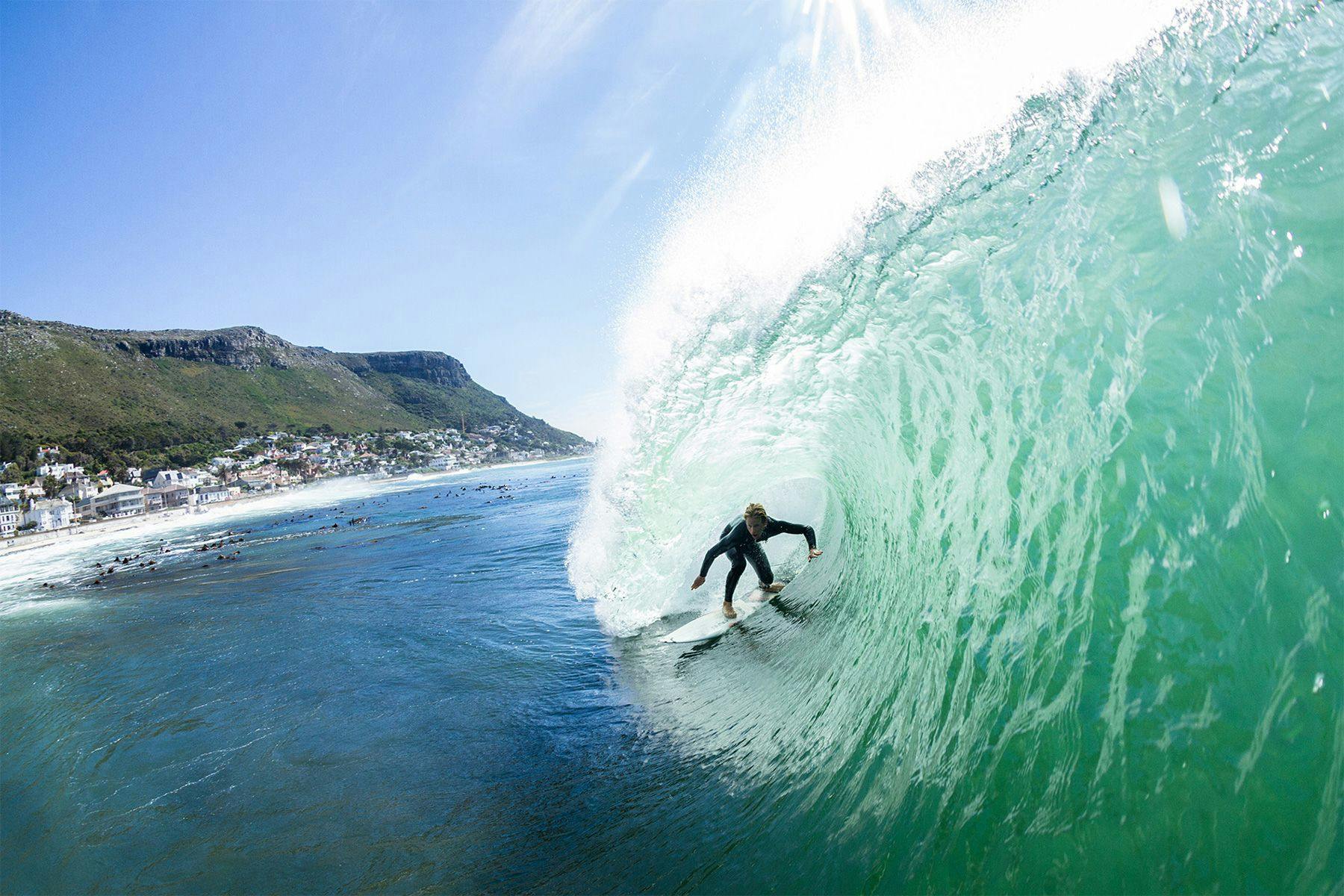
Once out of Scarborough, take a left at the intersection and follow the signs to Simon’s Town (M4). Upon hitting the M4 – also called Main Road – head back up north, following the coastal road that wraps around False Bay until arriving at the charming hillside village of Kalk Bay. After passing the Kalk Bay Harbour, keep an eye out for the second parking lot to your right hand-side, across the road from the church. Cross the railway that runs on the bayside of the parking lot to get to the beach, then walk to the right until spotting the sandy channel that runs out along the right of the peak of Kalk Bay Reef. This can be a tricky spot to read at first and if the swell is big watch others before venturing on a take-off. Once you do decide to go for it, though, do not pull back, for K-Bay’s throwing lips are synonymous with ugly wipe-outs. A bodyboarders’ favourite, the hollow lefts of Kalk Bay offer short, fast rides – a combo of barrel plus one, maybe two turns maximum. Being so accessible, the spot gets very crowded when the swell is good, so waiting for your turn is essential. Also be aware of urchins. Incoming or outgoing tides either side of low are the best, otherwise the reef may be too shallow. Swells coming from the South and N-NW winds are the most favourable.
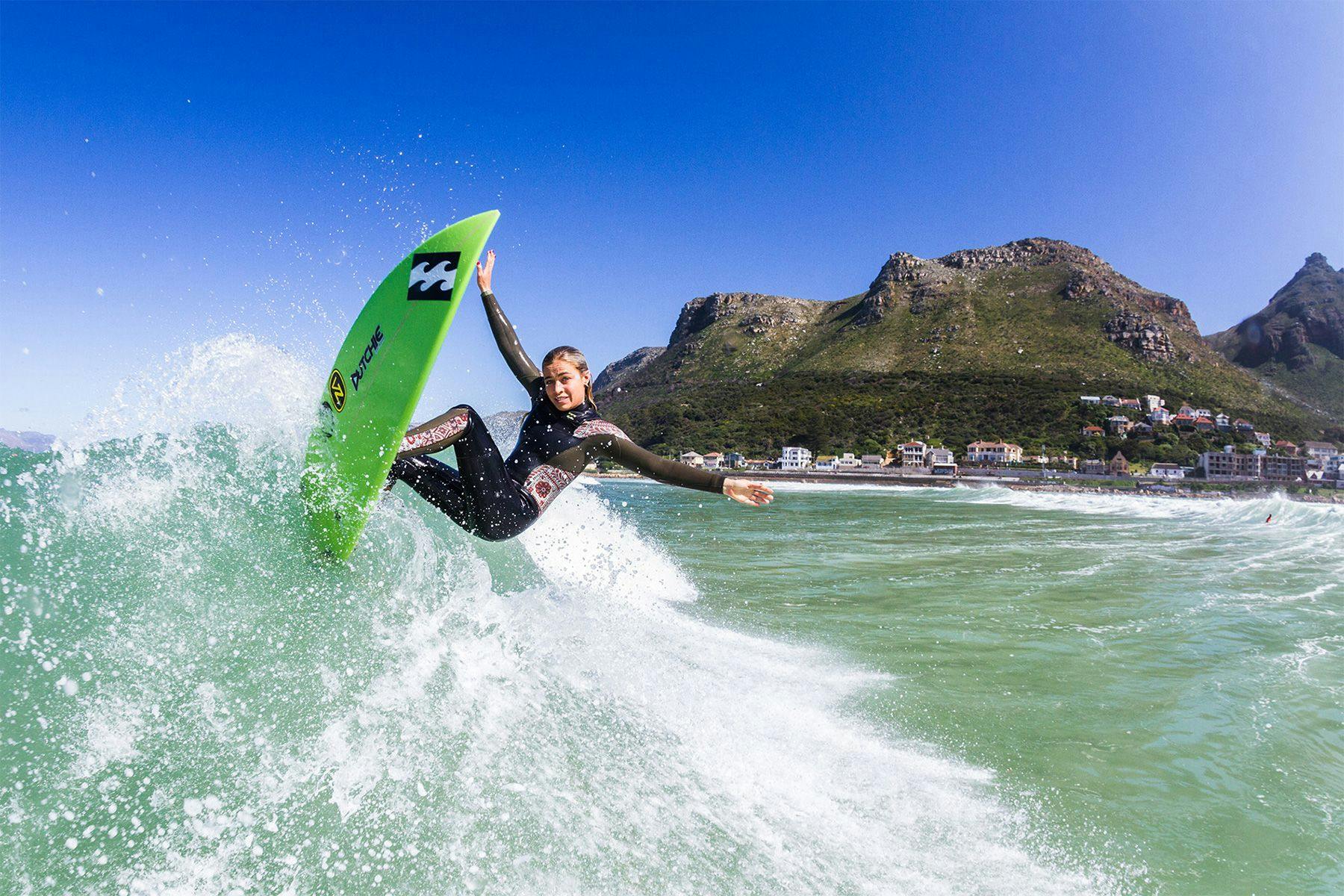
Continuing on the Main Road you will eventually spot the world-renowned spot of Muizenberg, a laid-back quintessential surf town and go-to for beginners. Although the wave itself is not world-class (and when it does get good the number of people in the line-up can reach triple digits) the fact that there is always something rolling into Muizenberg makes it a popular break with locals and travellers alike. That being said, the Muizenberg beach is so extensive and its sandbanks so solid that there are often several different peaks to be found, even if most people conglomerate by the point. Expect long, mellow rides going both right and left. Particularly good for longboards and fishes; you may struggle on a shortboard if the swell is not big enough. Like Kalk Bay but more versatile, any pulse from the South will produce waves, while Northern winds keep the walls the cleanest.
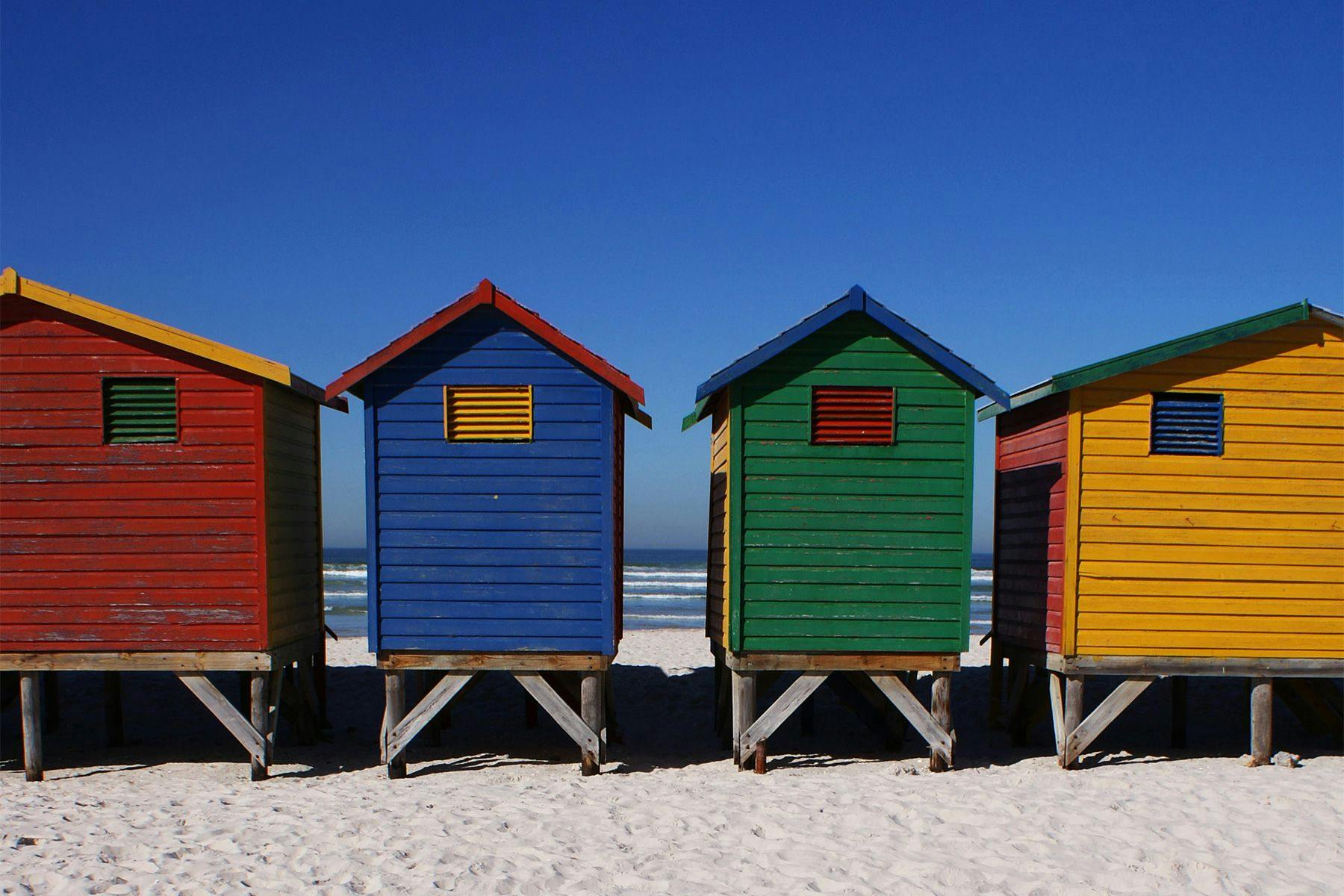
Besides the surf, Cape Town is known for its cosmopolitan vibe, nearby wine regions, and outdoor adventure scene. It is common for locals to head to the coast or venture into the mountains in one of the various National Parks in the area, and if the waves are small you should do the same. Go wine tasting, hike up Table Mountain for panoramic views, or take the day to get to know the city’s best cafes and restaurants or visit some of the museums and get a dose of history.
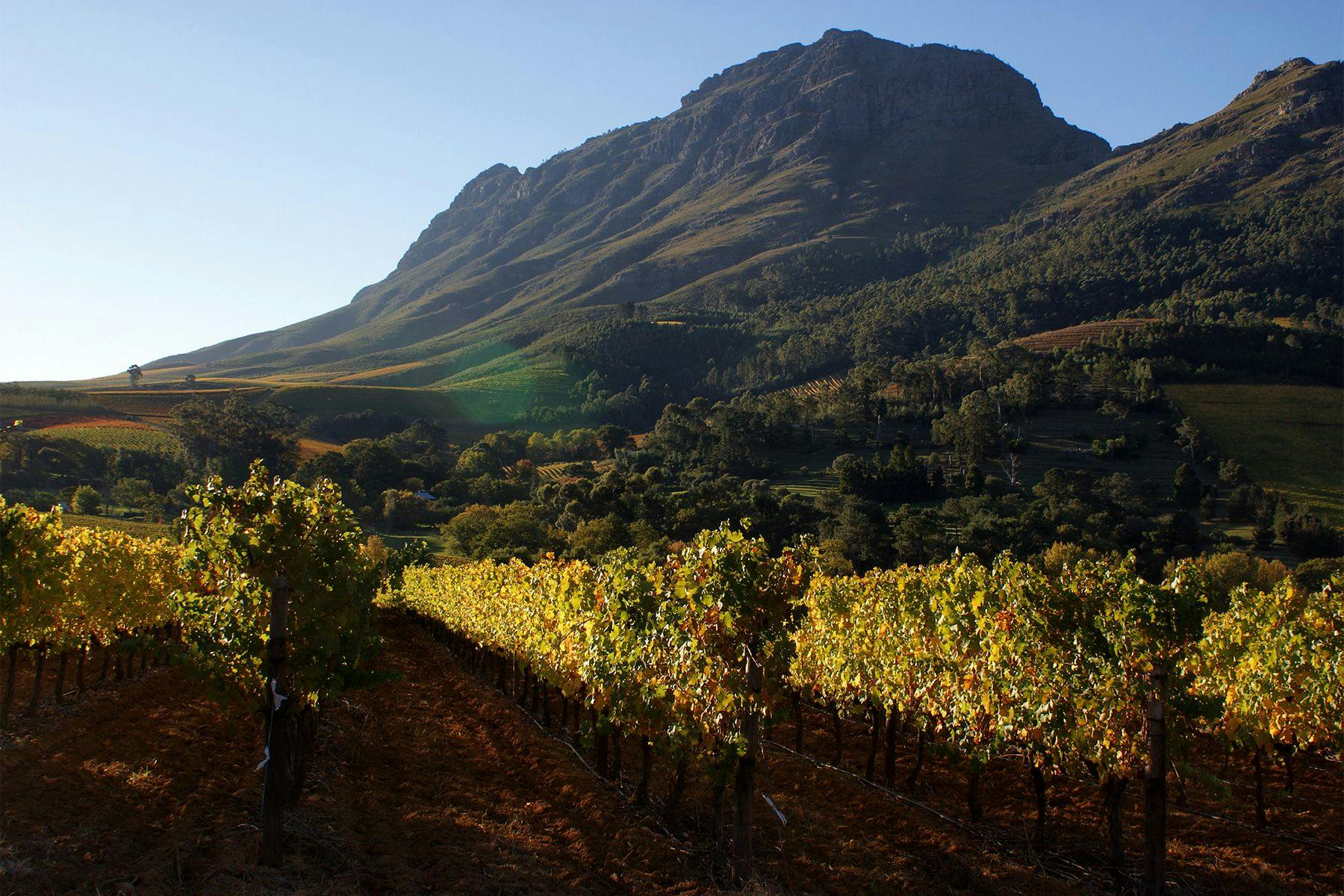
Not only are Cape Town’s waters cold (4/3 wetsuit minimum kind of cold), but they’re also known for being filled with sharks. Although the beaches on the Atlantic side remain unmonitored, spots in False Bay (such as Kalk Bay and Muizenberg) have the Shark Spotters in action. The mountainous relief often makes it so that weather forecasts are not the most reliable. Hence, at times it may feel like finding waves in Cape Town is a bit of a hit-and-miss.
Where: Fly to Cape Town International Airport (CPT)
When: May to August
Why: Consistency and variety of spots within short distance with good infrastructure.
How: A choice of short-boards and a gun between June and August; short-boards and a fish for the rest of the year.
Surf Simply would like to thank photographer Greg Chapman for sharing his incredible images with us.